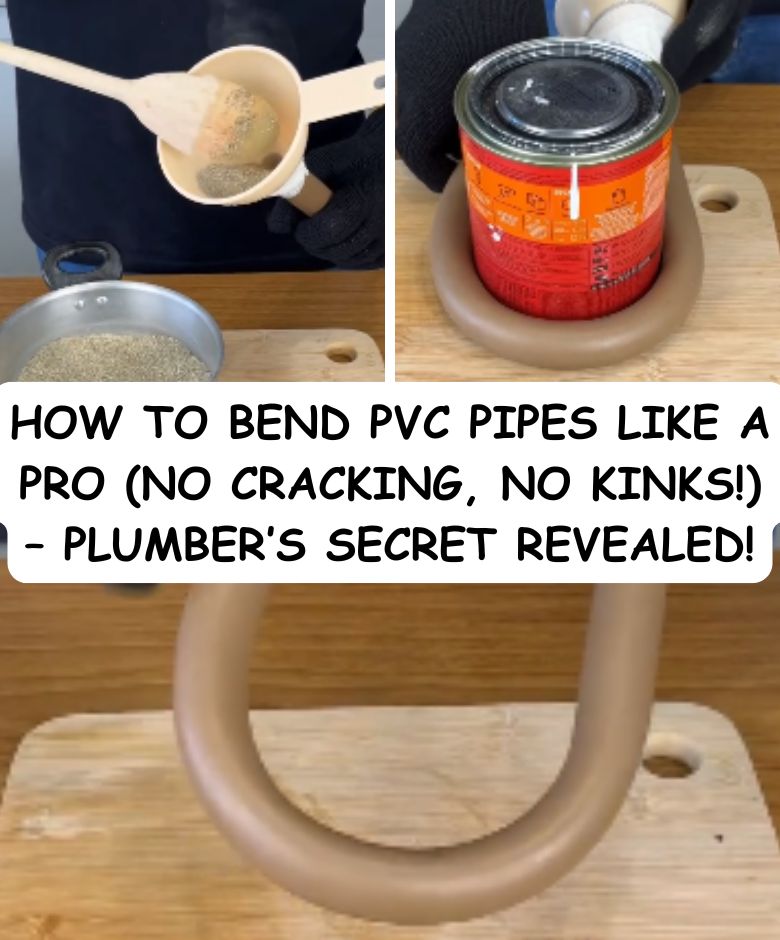
If you’ve ever cracked, creased, or ruined a PVC pipe trying to bend it, you’re not alone. But there’s a game-changing trick that professionals use – and all you need is hot sand. No expensive heat guns, no fancy bending jigs. Just precision and ease. Let’s go:
🧰 You’ll Need:
- A piece of PVC pipe
- Masking tape
- Sand (dry and clean)
- An old pan
- A funnel (or plastic bottle cut in half)
- Thick gloves (important for safety)
🔧 Step-by-Step Instructions:
1️⃣ Seal One End
Wrap a bit of masking tape around one end of the pipe to prevent the sand from escaping.
2️⃣ Heat the Sand
Pour sand into an old pan and heat it on medium heat for 2–3 minutes, stirring occasionally.
⏳ Your goal: Hot, dry sand – no moisture!
3️⃣ Fill the Pipe
Place your funnel or bottle neck into the open end of the pipe.
Carefully pour in the hot sand until the pipe is completely filled and packed.
👉 Make sure there are no gaps – this keeps the shape stable!
4️⃣ Start Bending
Now that your pipe is packed and warm:
- Gently bend the pipe into the desired curve.
- The sand inside keeps it from kinking or collapsing.
- Hold the shape for a minute or two to let it set.
5️⃣ Let It Cool, Then Empty
Once cooled, empty out the sand. You’ll be left with a perfectly smooth, professional bend.
💡 Why This Works:
The hot sand heats the pipe from the inside while supporting it.
It evenly distributes the pressure, so the plastic bends without folding or crimping.
This method is cheaper, safer, and more accurate than traditional methods.
🏠 Where to Use It:
- Plumbing bends around walls or corners
- Custom garden irrigation setups
- Furniture frames (PVC DIYers, this is gold!)
- Craft or greenhouse projects
🧠 Pro Tip:
You can pre-mark the bend area on the pipe and use a curved surface (like a bucket or pipe mold) for consistent angles.
🔥 Try it once and you’ll never go back to old methods!
If you want a printable version of this tip or a visual step-by-step, just let me know!